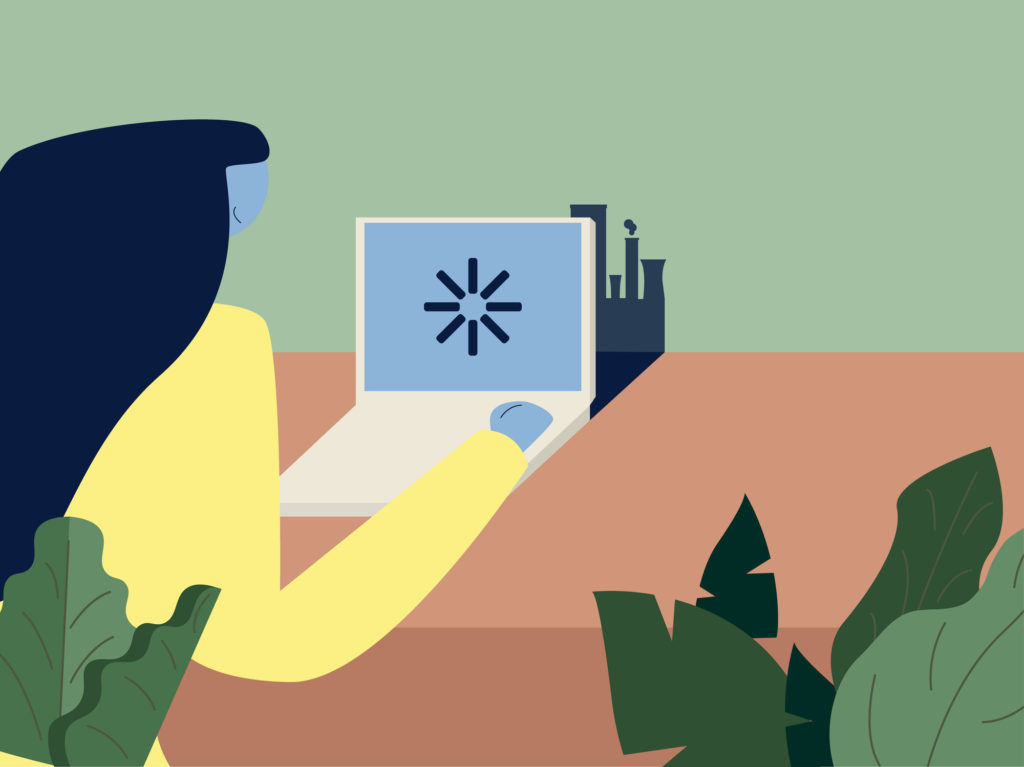 No matter what kind of company you run, you likely store massive amounts of data. Storing all that information does account for some of the energy consumption in the world, so brands now realize the importance of keeping only what they need and utilizing what they have to further reduce waste. According to Deutsche Welle, data centers use approximately 1% of all global energy, but the share continues to grow as more devices hook into the Internet of Things and people’s digital consumption rises. As usage rises, data sustainability becomes even more important when considering what companies should keep and what should go.
No matter what kind of company you run, you likely store massive amounts of data. Storing all that information does account for some of the energy consumption in the world, so brands now realize the importance of keeping only what they need and utilizing what they have to further reduce waste. According to Deutsche Welle, data centers use approximately 1% of all global energy, but the share continues to grow as more devices hook into the Internet of Things and people’s digital consumption rises. As usage rises, data sustainability becomes even more important when considering what companies should keep and what should go.
Keep in mind that many brands also utilize video now as a push toward better marketing. The amount of storage space needed to keep all those files in the cloud requires around the clock energy demands. Not only is the video stored on YouTube, Vimeo, or some other server, but most web hosting companies keep backup files in case of a server crash. So, the data generated is stored not once but multiple times.
What Exactly Is Sustainable Data?
Sustainable data considers the impact of storing files on the environment. Every time someone initiates a search on Google or Amazon, there is an environmental price to pay. Digital technologies are slightly responsible for greenhouse gas emissions.
While the impact isn’t as hefty as for manufacturing and some other industries, it still exists and will grow as the world becomes more digitized. Companies can make a difference by storing only what they must have and investing in storage through companies seeking green solutions. For example, some web hosting companies utilize alternative energy sources to keep their data centers running.
What are some of the things you can do as a brand to embrace data sustainability? Is the effort worth it or will it crash through your budget? What does data sustainability entail?
1. Replace Older Equipment
The machines you use to store local information and process data may eat more energy than you’d like. Check out the Energy Star standards and replace old units with new ones that are more energy efficient. Over time, computer manufacturers, printers and other devices replace old, energy sucking measures with newer and more cost-efficient models.
Make sure any third-party cloud providers invest in updated equipment so you don’t contribute to energy costs indirectly. For example, you’ll find many green energy hosting providers who turn first to solar or wind power before using electric energy.
2. Stop Energy Vampires
Do you keep your servers and equipment online 24/7? If not, install power strips that stop the flow of electricity and also protect against power surges. Computers and other equipment can suck energy even when not in use. People may forget to turn their machine off when they leave for the day, too.
Set computers to shut down when not in use or at a certain time. Add the strips to stop electricity leaks. It’s a small change but if every company would implement baby steps, business overall would be much more sustainable. The power an unused machine pulls might seem insignificant, but when you times the amount by every machine in an office, it adds up. Employing this simple action not only positively impacts sustainability but also cuts your utility bills.
3. Analyze Your Efficiency in Other Areas
Big data analytics allow you to glance at your company’s overall performance. Look for where you use the most energy and brainstorm ways to improve. For example, if you input the electric bill as part of your expenses, the computer can alert you to big jumps in usage.
Companies can then take the information and think about what might be different during times when energy usage is at its peak. How can you reduce those expenditures and better protect the environment?
You can also access data on averages in your industry to see how you stack up. If you notice another company has much lower energy usage, you might want to reach out and ask them what they’re doing. It won’t be a trade secret and you might form a valuable ally in your quest to be more eco-friendly.
4. Follow the UN’s Sustainable Goals
The United Nations recently laid out their 2030 Agenda for Sustainable Development with 17 goals for a healthier planet.
For example, it mentioned it wants to accelerate action on modern sustainable energy. It points to 2.6 billion people with dangerous and inefficient cooking systems. By improving energy efficiency, the UN hopes to bring electricity to places without it.
However, to increase energy expansion while keeping the process sustainable, everyone has to do their part to reduce consumption, including businesses. Where you store your data and how much energy you use to do so is a great place to start.


